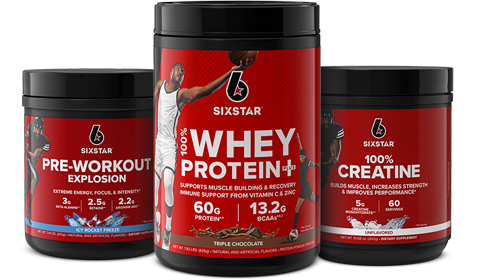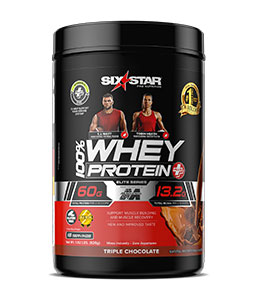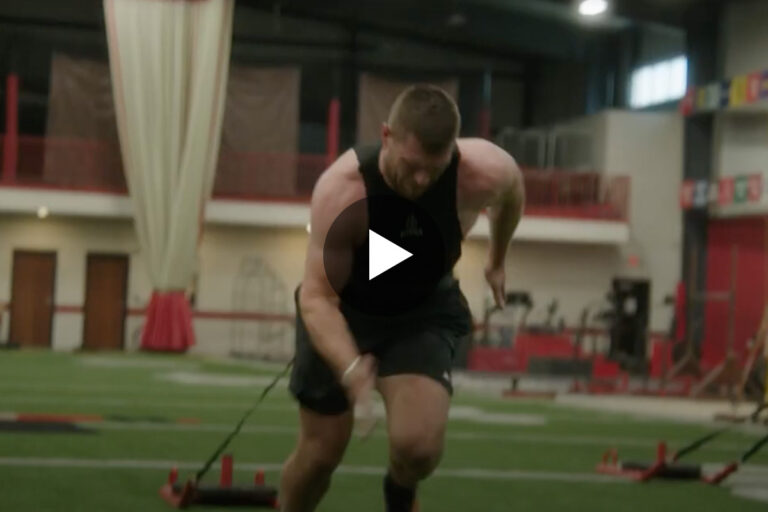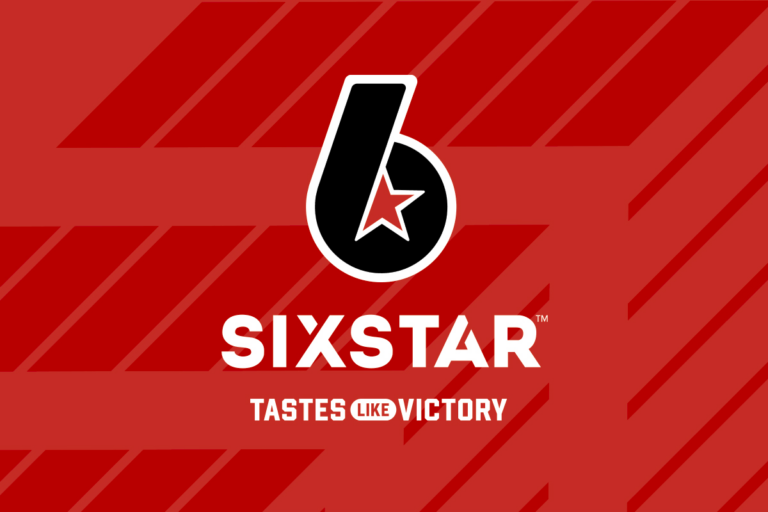The deadlift is the king of exercises; it works virtually the entire body and is notorious for building crazy strength and size quickly. Whether you are looking for powerful hamstrings and glutes, crushing grip strength or traps that rise to your ears, the deadlift will help get you there! To continue making progress in the deadlift, or to simply add a little variety to your training, try one of these six deadlift variations.
TRAP BAR DEADLIFT
This type of deadlift is done using a special barbell commonly referred to as a trap bar. This barbell allows you to perform the deadlift with the handles at your sides as opposed to pulling the weight from in front of you. This allows you to lift from a slightly more upright position, and because the weight is on your sides, it is slightly easier on your lower back while engaging your quadriceps more. If your gym doesn’t have a trap bar, you can use dumbbells placed on either side of you. You may want to place them on top of a few stacked plates to decrease the range of motion slightly to better simulate a trap bar deadlift.
SNATCH GRIP DEADLIFT
The snatch grip deadlift is performed similarly to the conventional deadlift, but it is done with an ultra-wide grip. It is essentially the bottom portion of the lift known as the snatch in Olympic weightlifting. Use a grip that is well outside your shoulder width. The feet should be turned out slightly, directly under the hips. Squat down to the bar, keeping the back in absolute extension with the head facing forward. Start the lift by driving through the heels, raising the hips.The back angle should remain the same until the bar passes the knees. At that point, drive your hips through the bar as you pull back.
SUMO DEADLIFT
This lift uses a much wider stance than a conventional deadlift and can be much more comfortable for taller lifters who have trouble keeping good form in the conventional deadlift. The feet should be set very wide, near the collars of the barbell. Bend at the hips to grip the bar. The arms should be directly below the shoulders and inside the legs. Take a breath, and then lower your hips, looking forward with your head and your chest up. Drive through the floor, spreading your feet apart, with your weight on the back half of your feet. Extend through the hips and knees. As the bar passes the knees, lean back and drive the hips into the bar, pulling your shoulder blades together.
RACK PULL DEADLIFT
A rack pull is performed just like the conventional deadlift, except it is done off a platform to reduce the range of motion. It eliminates the lower portion of the deadlift and, therefore, allows you to lift much more weight, which allows you to strengthen the top portion of your deadlift. Simply set the safety bars in a power rack at a low level and then place the barbell on top before loading the weights on, then perform a conventional deadlift.
DEFICIT DEADLIFT
The deficit deadlift is the opposite of the rack pull deadlift. It increases the range of motion, which forces you to use less weight, but it helps to strengthen the bottom portion of the lift. Simply perform a conventional deadlift while standing on a raised platform; you can stand on a 45-lbs. plate if you don’t have a raised platform available. Just make sure the platform is narrow enough so that your feet are raised while the weights on the barbell are in their normal position.
STIFF-LEGGED DEADLIFT
The stiff-legged deadlift requires impeccable form and focus to be completed safely and effectively. This lift is meant to focus more on the hamstrings and lower back, and is not meant to be done with very heavy weight. Stand with your torso straight and your legs spaced using a shoulder width or narrower stance, and knees slightly bent. Without bending the knees any more, lower the barbell to over the top of your feet by bending at the hips while keeping your back straight. Keep moving forward as if you were going to pick something from the floor until you feel a stretch on the hamstrings, then bring your torso up straight again by extending your hips until you are back at the starting position.
The deadlift should be a staple in any serious weight training program. If you haven’t been making much progress in the gym lately, simply adding some extra deadlifting work with the above six variations and upping your protein intake with Six Star® Whey Protein Plus can jumpstart those gains again!
Delivering quality BCAAs, glutamine and creatine, Six Star® Whey Protein Plus provides the delicious premium protein formulas you need to fit any active lifestyle.














